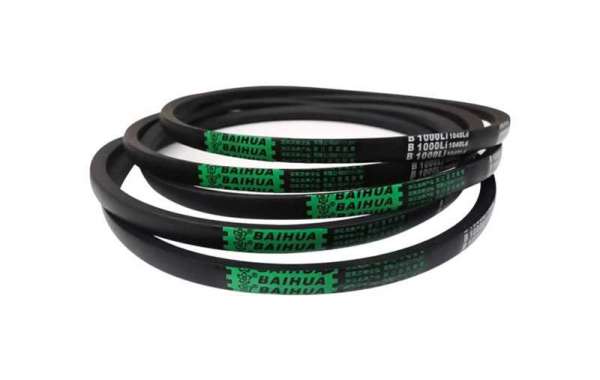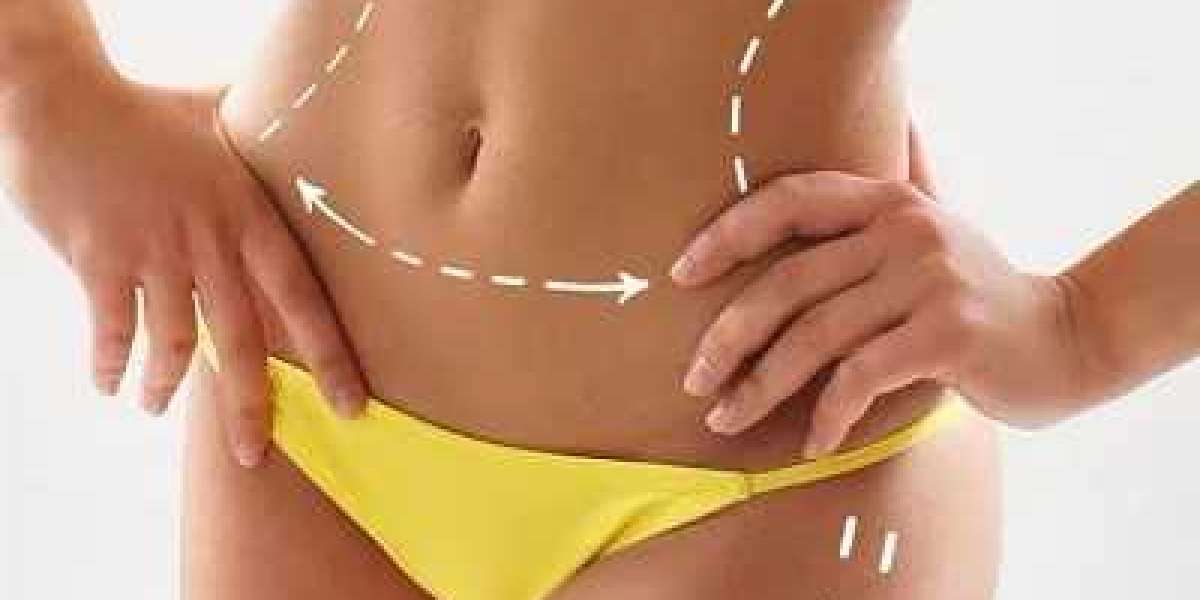In general, the presence of oil or chemicals in contact with any oil resistance V-Belt drive system can materially affect the life span and operational characteristics of the system. The concentration of the chemical or oil involved, length and type of exposure, choice of belt type used, and environmental conditions, such as heat and humidity, all contribute to the rate and degree of affect on the performance and deterioration.
Two effects may be noted when belts are exposed to oil and or chemicals. The most obvious is a swelling or increase in dimensions of the cross section so that they no longer fit the pulley or sheave groove properly. Less apparent at casual observation, is the deterioration of the original physical properties, which includes adhesion between the belt components.
If the degree of swelling and/or loss of physical properties is significant, the life of the belt will be substantially shortened. The above effects may be brought about by a large variety of chemicals, notably oils, acids, and solvents. No one synthetic rubber is resistant to all of these.
Some compounds may be excellent for one chemical, but poor for another, and only adequate for still another. Because of this, all stock belts manufactured by Goodyear are constructed to be reasonably oil and chemical resistant. The nature of the compounds and/or belt construction may minimize swelling and deterioration.
Occasional splattering by oils and greases does not usually adversely affect standard belts. The automotive fan belt is a typical example. In addition, there are a great number of chemicals, such as gasoline, which swell rubber or extract ingredients from the belt’s rubber compounds. These may cause embrittlement, cracking, or swelling of the belt, which results in deterioration of performance.
If the drive is subjected to the accumulation of a considerable amount of oil and grease on the belt, it may preclude the use of a V-belt or a V-ribbed belt. Synchronous belts are not substantially affected by the loss of friction coefficient and may be capable of limited operation under these conditions.
As can be seen from the above, there are many variables. However, the following general guidelines might be of use in selecting a belt drive system subjected to a chemical environment.
1. Prevent the accumulation of contaminants.
2. If the belts are to be subjected to only an occasional contamination contact, a standard construction V- or synchronous belt can be used.
3. If the high temperature resistance V-Belts are expected to give long, trouble-free operation on an industrial drive, and they are in contact with oil or exposed to an atmosphere laden with chemicals or solvents, consult a manufacturer for recommendations.







